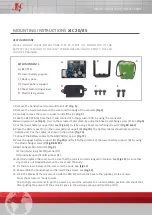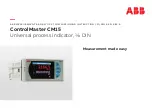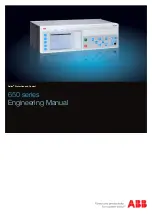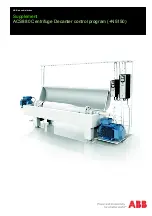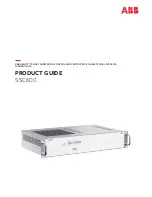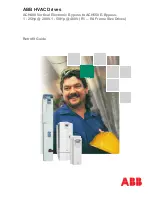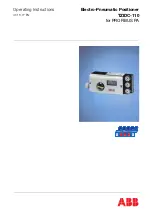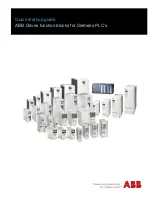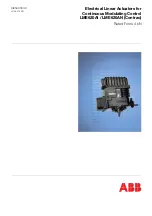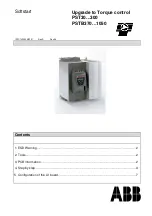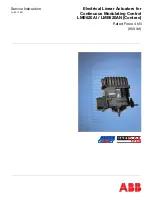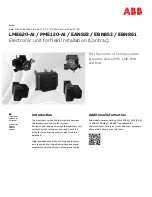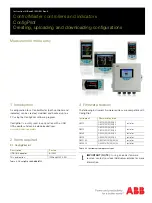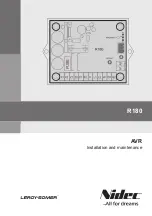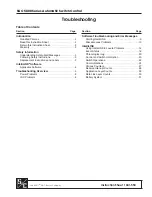
P
AGE
8
G-5500 Antenna Azimuth-Elevation Rotators & Contoroller Instruction Manual
Mast Bracket Attachment in the Azimuth Rotator & Antenna Positioning
Important!!
Before mounting the mast to the
azimuth rotator, a single hole must be drilled
through the bottom of the mast to accommo-
date an anti-twist support bolt used in the base
support bracket halves:
1.
Drill a 9 mm diameter hole through both
walls of the mast, centered 50 mm from
the mast bottom (see Figure 1). Ensure the
drill is maintained perpendicular and cen-
tered when making the hole, to ensure
proper alignment of the holes in the mast
and those in the base support clamp.
2.
Referring to Figure 2, loosely fasten the
mast bracket halves
À
to the rotator hous-
ing using four M8x25 bolts
Á
, flat wash-
ers and spring washers.
3.
Insert the mast into the bracket, and fin-
ger-tighten the four M8x70 bolts
Â
with
spring washers and nuts
Ã
. Note that one
side of the bracket has ridges on either side
of the bolt holes: the bolts should be in-
serted from this side, so the ridges hold the
bolt head from turning.
4.
Finger-tighten the M8x95 socket bolt
Ä
with nut
Å
.
5.
With the rotator connected, set the control-
ler so that it indicates precisely 0° (North).
Then, using an accurate map and known
landmarks, position the antenna (without
using the controller) so that it points to true
North. Alternatively, consult a Geodetic
Survey map for your area to determine the
MAST
9 ø
50mm
Figure 1
Figure 2
MAST
Magnetic Deviation at your location, and
then use a compass to position the antenna
so that it points to true North (Magnetic
North + Magnetic Deviation). Be careful
not to disturb the antenna direction when
tightening the mast bracket in the next step.
6.
When you are satisfied with the orienta-
tion of the antenna, center the mast on the
top of the azimuth rotator, and begin tight-
ening the M8x25 bolts
Á
on each side al-
ternately so that the gap on each side of
the mast remains the same. Markings are
provided on the top of the azimuth rotator
to assist this process.
7.
Confirm that the mast and bracket are pre-
cisely centered on the azimuth rotator, and
tighten the four bolts
Â
affixing the mast
bracket to the top of the azimuth rotator.
Warning !!
m
Take care not overtighten the four
bracket bolts. Do not torque the bolts
beyond the point where the spring
washer flattens.
m
The azimuth rotator is designed for ver-
tical mounting only. One half of the
housing is marked “
TOP SIDE
”. Wa-
ter and contaminants will damage the
motor unit if it is mounted horizontally
or upside-down.
Summary of Contents for G-5500
Page 2: ......
Page 11: ...G 5500 Schematic Diagram ...













